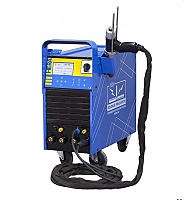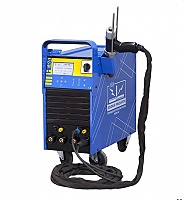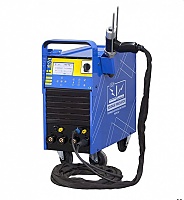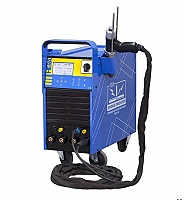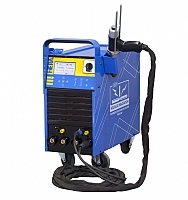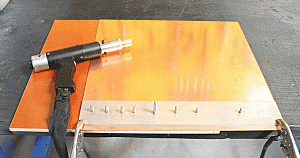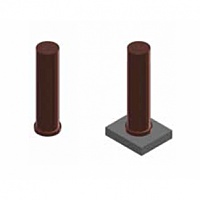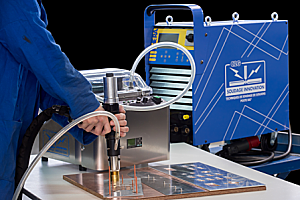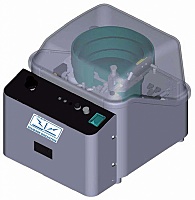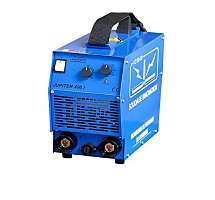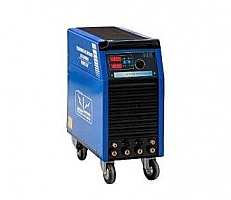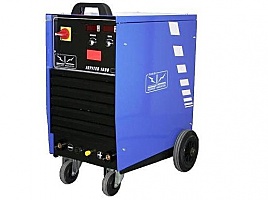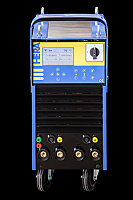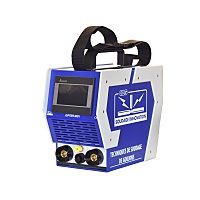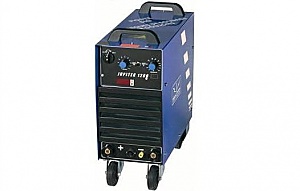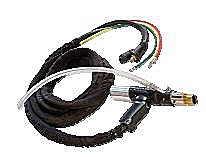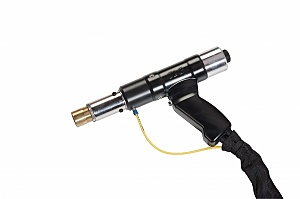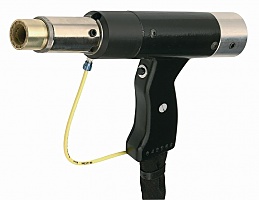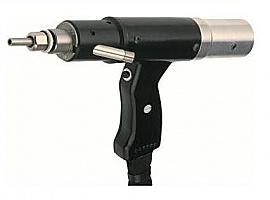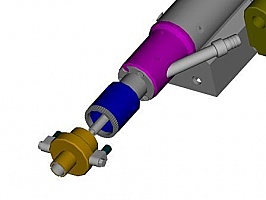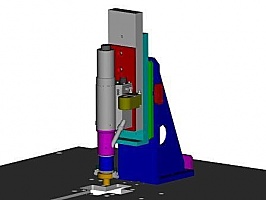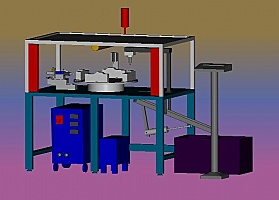Stud welding SIG®
SIG®, Stud Inert Gas
SIG® Stud Inert Gas welding is the latest process in use today. Created by C2G Innovation, this process has been rapidly adopted by many industries for a wide range of applications. The principle of this process is the use of a shielding gas to initiate the welding process, resulting in a perfect bond.
How does SIG® stud welding work?
The SIG® stud welding process is a major development in the world of welding. The procedure is simple. First, a standard, commercially available gas is blown in. It provides gas protection during the welding process. In a second step, an electric arc is produced to allow the stud end and the surface of the metal part to be welded to melt. The fusion takes place and the weld is complete.What are the advantages of SIG® welding?
The advantages of the SIG® stud welding process are numerous:- First of all, the process is universal,
- It can be used in a wide range of applications,
- It provides an excellent connection between the studs to be welded and the metal part,
- It is highly reliable and offers increased safety,
- It increases the productivity rate by 2 or 3 times compared to conventional processes.
It is also important to note that the devices used for this process are compatible with the traditional ARC and ATC processes. The gases used are standard and widely available.
What applications does the SIG® welding process have?
The SIG® stud welding process is a state-of-the-art technology that is used in many applications with high demands and constraints. For example, the process is commonly used in the armaments industry for the construction of tank components and in the aviation industry for the manufacture of aircraft and helicopter skin parts.The SIG® welding process is also particularly suitable for use in the railway industry, where it is used to fasten window panes in stations and trains, for example. The smoke-producing industry also uses this process to weld fibrous refractory anchors.



